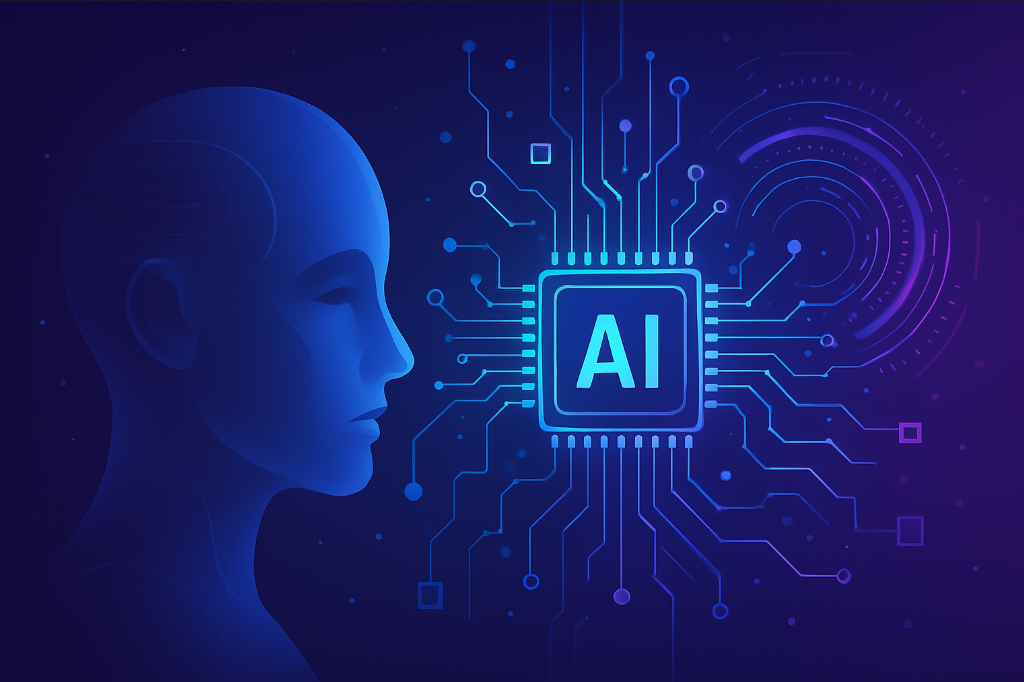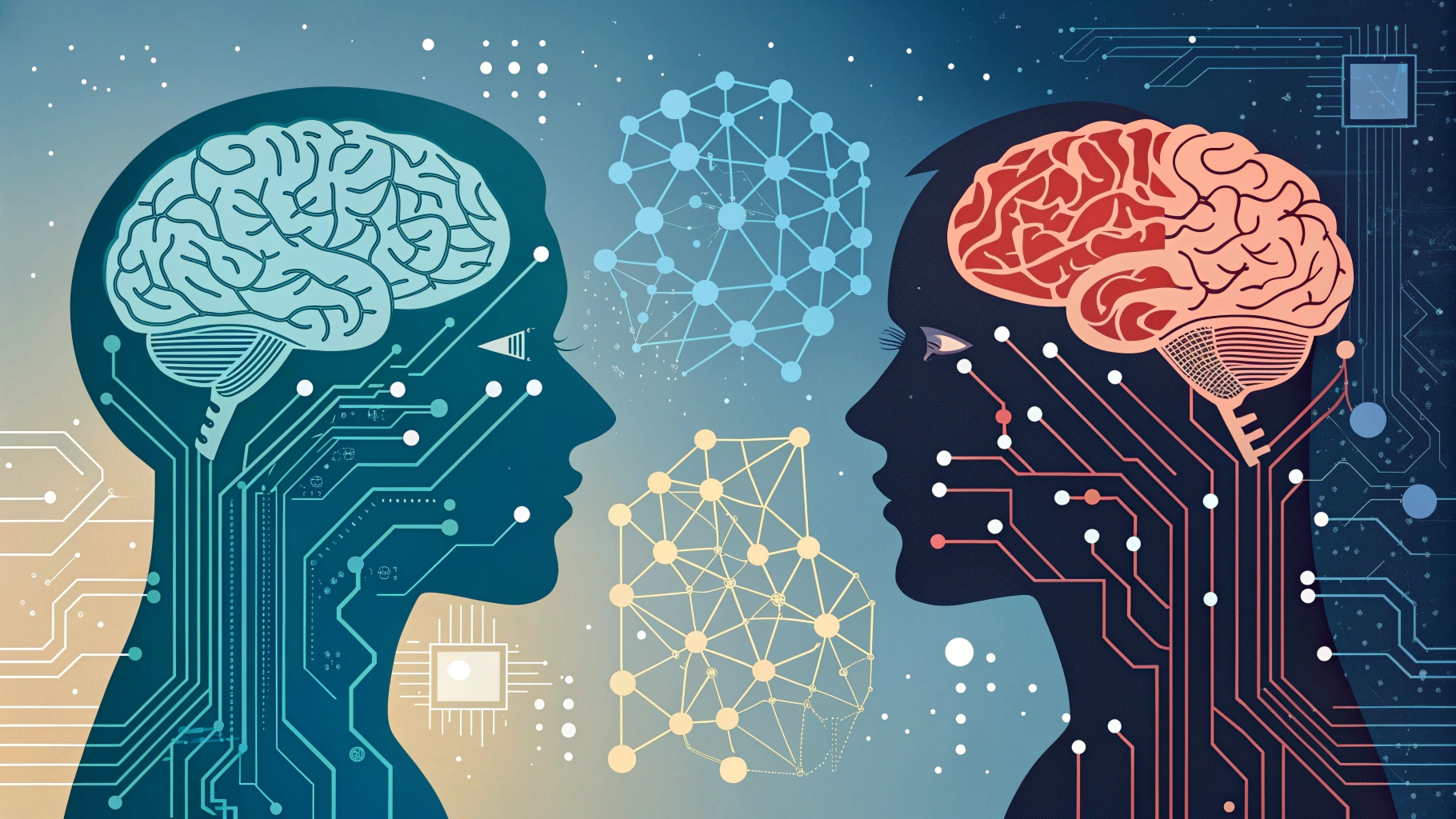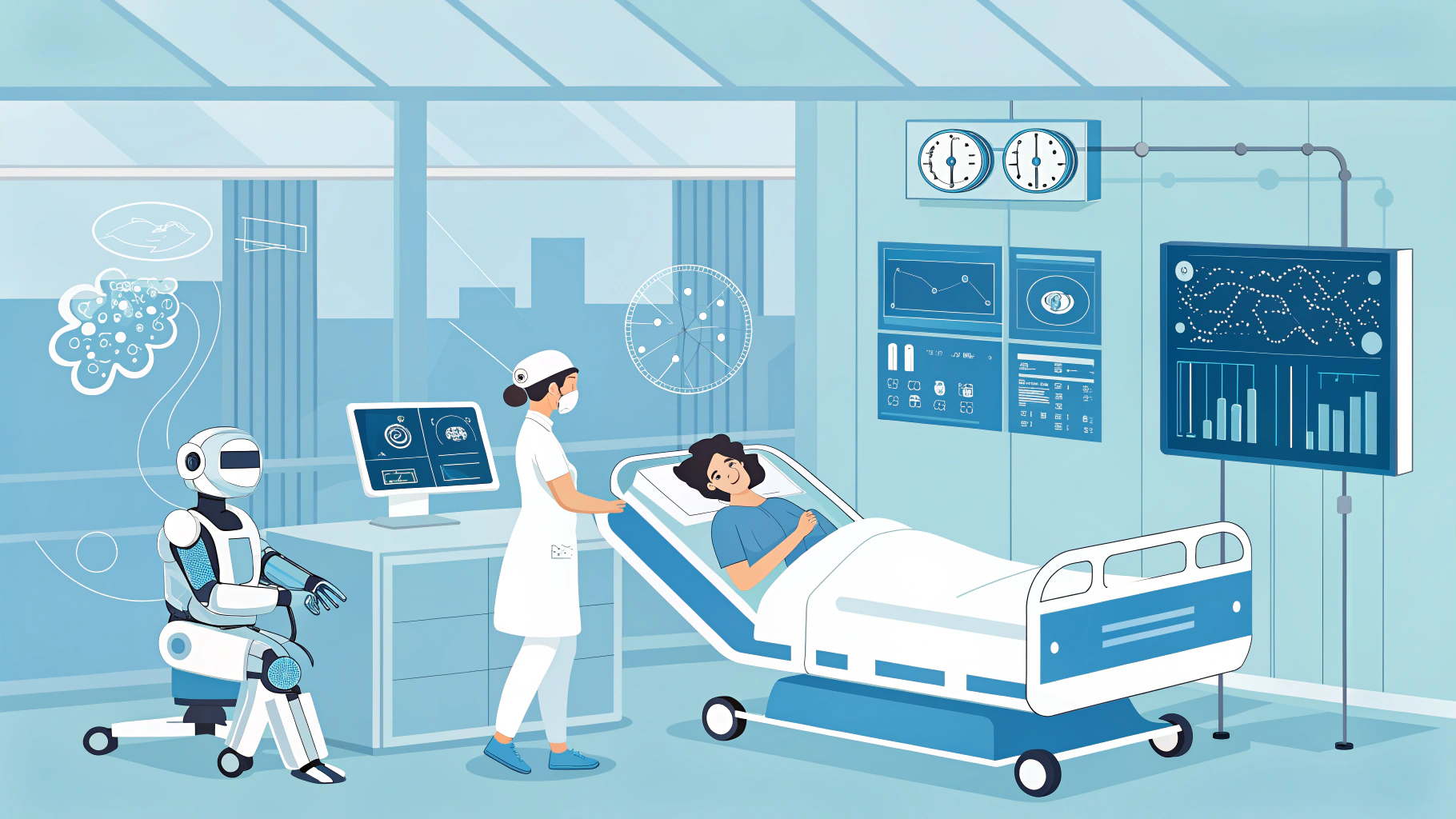
Summary
Generative AI is revolutionizing how we create content, from writing and images to music and code. This blog breaks down what generative AI is, how it works using large language models like GPT, and where it’s being applied — from social media to software development. Whether you’re a content creator, marketer, or just AI-curious, this guide explains the technology in clear terms and highlights its potential and challenges in 2025 and beyond.
n recent years, generative AI has moved from science fiction to mainstream use, impacting industries from marketing and entertainment to healthcare and finance. Whether you’re a tech enthusiast, content creator, or business leader, understanding what generative AI is and how it works is crucial in today’s rapidly evolving digital landscape.
In this blog, we break down generative AI, explain how it functions, explore its key technologies like large language models, and show how it’s revolutionizing AI content creation across the globe.
What is Generative AI?
The “generative” part comes from the AI’s ability to generate realistic outputs based on the data it’s been trained on.
Generative AI refers to a class of artificial intelligence systems designed to create new content — such as text, images, audio, or video — by learning patterns from existing data. Unlike traditional AI, which often classifies or predicts, generative AI builds something new.
How Does Generative AI Work?
At the core of generative AI are large language models (LLMs) like OpenAI’s GPT, Google’s PaLM, and Meta’s LLaMA. These models are trained on massive datasets — billions of words or images — allowing them to understand patterns, semantics, and context.
Here’s a simple breakdown of how it works:
- Training on Data: The model consumes a huge amount of data — books, websites, conversations — to learn patterns and context.
- Tokenization: Text is broken down into smaller pieces (tokens) that the model can process.
- Neural Networks: Using deep learning and transformers, the AI predicts what comes next based on previous tokens.
- Generation: The model outputs new content that sounds human, whether that’s a blog post, poem, code snippet, or even an image.
This is how tools like ChatGPT and DALL·E create convincing AI-generated content.
Role of Large Language Models in Generative AI
Large language models are the engines that drive generative AI. They use transformer architectures to process language efficiently and understand context. For example, GPT (Generative Pre-trained Transformer) has been trained on a wide variety of topics, enabling it to generate coherent responses across countless domains.
These models are trained using unsupervised or semi-supervised methods and improve over time with reinforcement learning and human feedback.
Generative AI in Content Creation
One of the most groundbreaking uses of generative AI is in AI content creation. From blog posts to product descriptions, AI tools can now produce quality content in seconds.
Common Use Cases:
- Blog Writing (like this one!)
- Social Media Posts
- Email Campaigns
- Video Scripts
- Ad Copywriting
- SEO Optimization
For example, businesses can now scale their content strategy using AI tools without sacrificing quality. Writers use it as a co-pilot to brainstorm ideas, generate drafts, or optimize for SEO.
Want to see a great real-world application of generative AI? Check out Google’s Bard AI, which showcases how LLMs can assist with creativity, productivity, and more.
Beyond Text: Other Applications of Generative AI
While most people associate generative AI with text generation, it goes far beyond that:
- Image Generation: Tools like DALL·E and Midjourney can create unique images from text prompts.
- Music and Audio: AI can compose music or mimic human voices.
- Video Synthesis: Create videos from scripts or generate realistic avatars.
- Code Generation: Tools like GitHub Copilot assist developers by writing code snippets.
Pros and Cons of Generative AI
Advantages:
- Increases productivity and creativity
- Scales content creation at low cost
- Offers personalized user experiences
- Automates repetitive tasks
Challenges:
- Risk of misinformation or plagiarism
- Ethical concerns around deepfakes
- Quality control and factual accuracy
- Intellectual property rights
The Future of Generative AI
The future is bright — and fast-moving. With advancements in large language models and computing power, generative AI will continue to evolve. We’re already seeing AI tools integrated into major platforms like Google Workspace, Microsoft Office, and Adobe Creative Suite.
But the road ahead will also require careful consideration of ethics, regulation, and transparency to ensure that generative AI is used responsibly.
Final Thoughts
Generative AI is reshaping how we think about creativity, productivity, and human-machine collaboration. Understanding what generative AI is and how it works is more than just a tech curiosity — it’s becoming essential knowledge for businesses, creators, and anyone navigating the digital future.
By leveraging the power of AI content creation through large language models, we are entering an era where machines don’t just assist — they create.
Frequently Asked Questions (FAQs)
1. What is generative AI in simple terms?
Generative AI is a type of artificial intelligence that can create new content such as text, images, music, or videos. It learns from existing data and uses that knowledge to generate original outputs that resemble human-created work.
2. How does generative AI work?
Generative AI works by using large neural networks, especially large language models (LLMs), that are trained on massive datasets. These models learn patterns in the data and use algorithms to generate new, coherent content based on what they’ve learned.
3. What are some real-life examples of generative AI?
Real-life examples of generative AI include:
- ChatGPT (for text generation)
- DALL·E (for image creation)
- GitHub Copilot (for code generation)
- Jasper AI (for content marketing)
- Google’s Bard (for research and writing assistance)
4. How is generative AI used in content creation?
In content creation, generative AI helps write blog posts, social media captions, emails, product descriptions, and even full video scripts. It’s used to speed up writing processes, brainstorm ideas, and optimize content for SEO.
5. What is the difference between generative AI and traditional AI?
Traditional AI focuses on analyzing and classifying existing data, while generative AI creates new data or content. Traditional AI answers questions or makes decisions; generative AI produces original outputs based on learned data patterns.
6. Is generative AI safe to use?
Generative AI is generally safe when used responsibly. However, it does raise concerns about misinformation, deepfakes, data bias, and plagiarism. It’s important to validate AI-generated content and ensure ethical usage.
7. What is a large language model (LLM)?
A large language model is a type of AI trained on extensive text data to understand and generate human-like language. GPT-4, for example, is a well-known LLM that powers tools like ChatGPT and Bing Chat.
8. Will generative AI replace human writers?
Generative AI is a powerful tool for assisting writers, not replacing them. It speeds up research, drafting, and editing, but human creativity, voice, and emotional nuance are still irreplaceable in high-quality writing.







